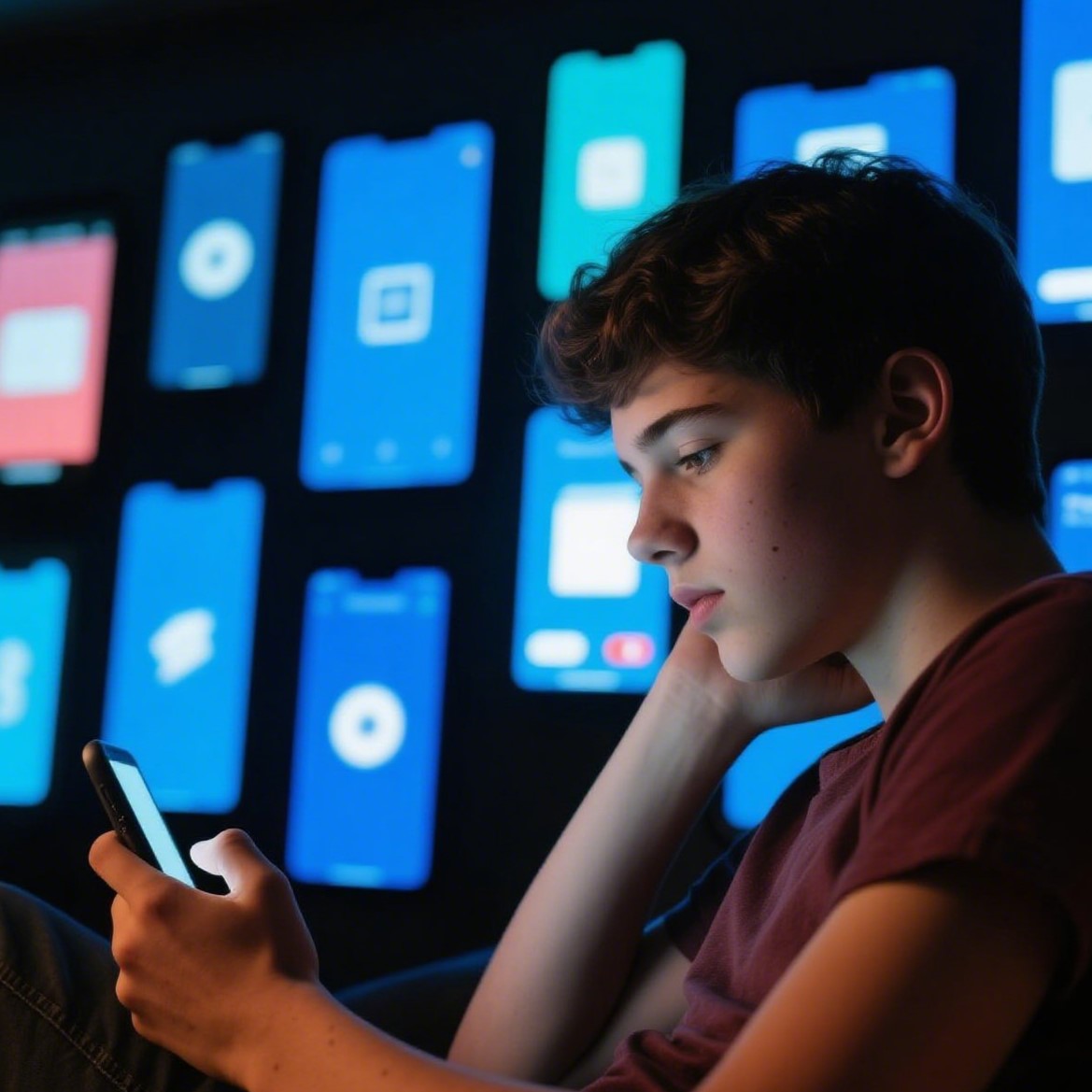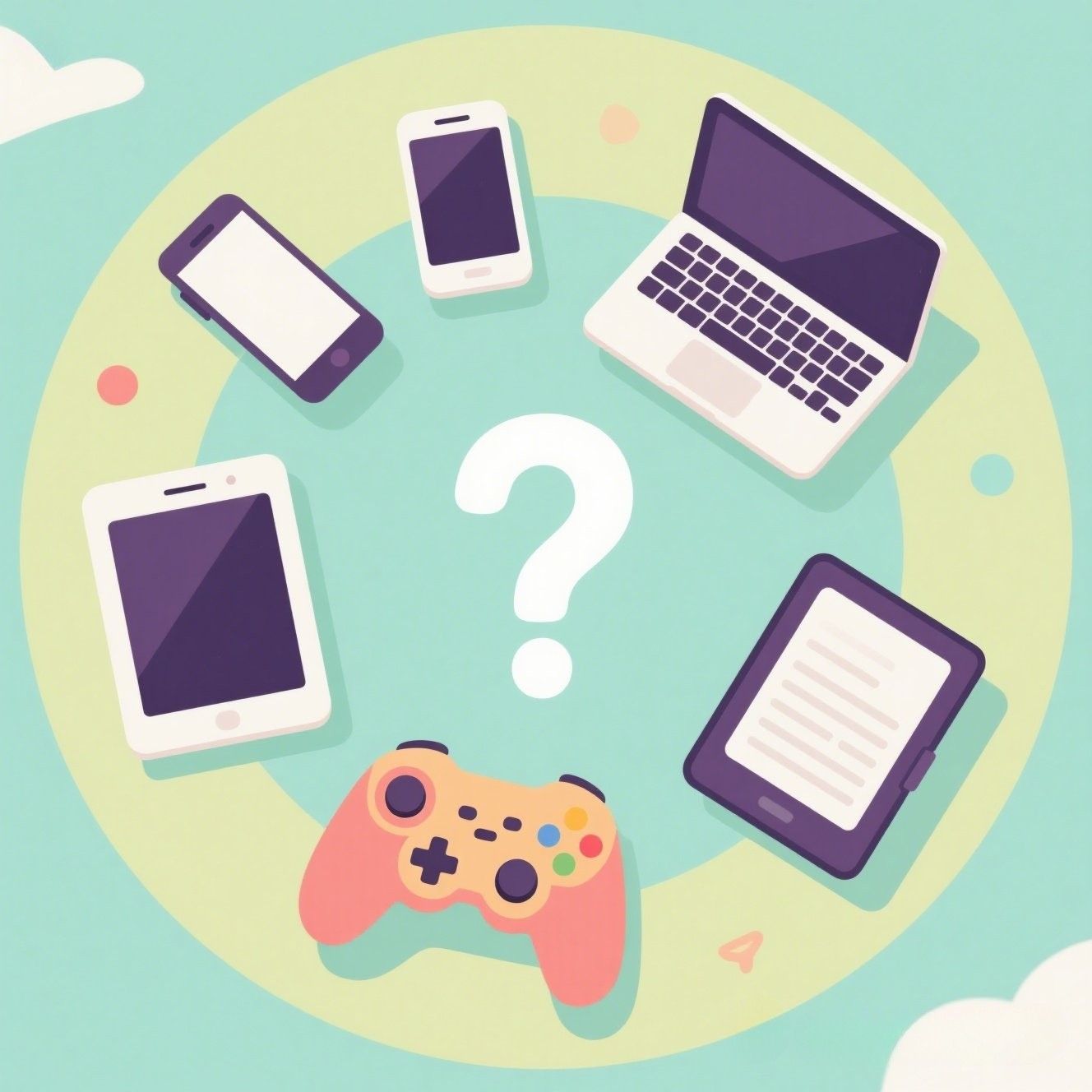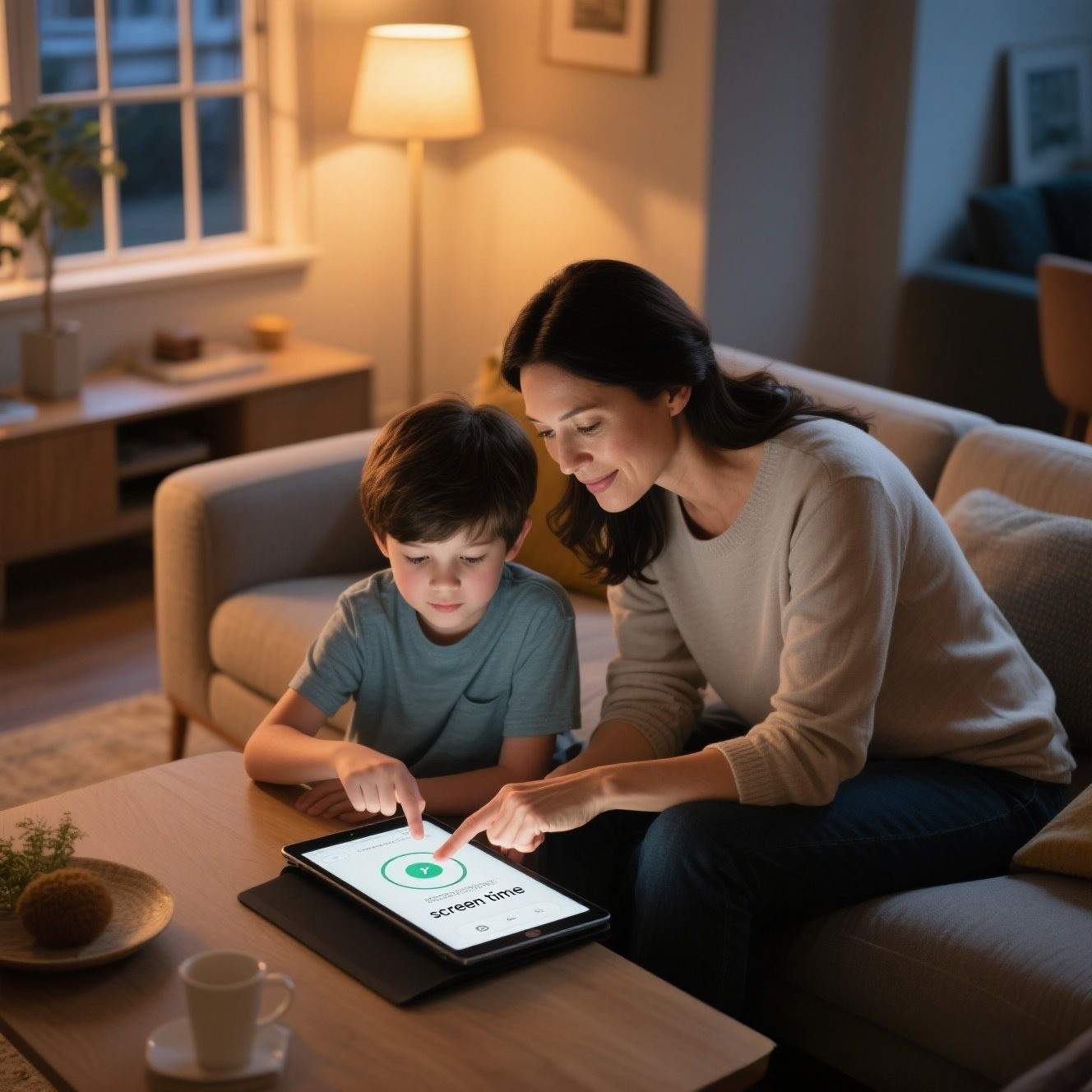Screens are everywhere. From your morning alarm to your midnight scroll, your day likely begins and ends with a glowing rectangle. But while technology has revolutionized how we work, play, and connect, it’s also quietly sneaking some bad habits into our lives.
The problem isn’t the screen itself—it’s how we use it. Whether you’re binge-watching, doomscrolling, or swiping without thinking, you might be forming routines that zap your energy, hijack your focus, and mess with your mood. Let’s uncover 7 sneaky screen-time habits that might be doing you more harm than good—and how to break free.
📱 1. Mindless Scrolling (a.k.a. Thumb Drift)
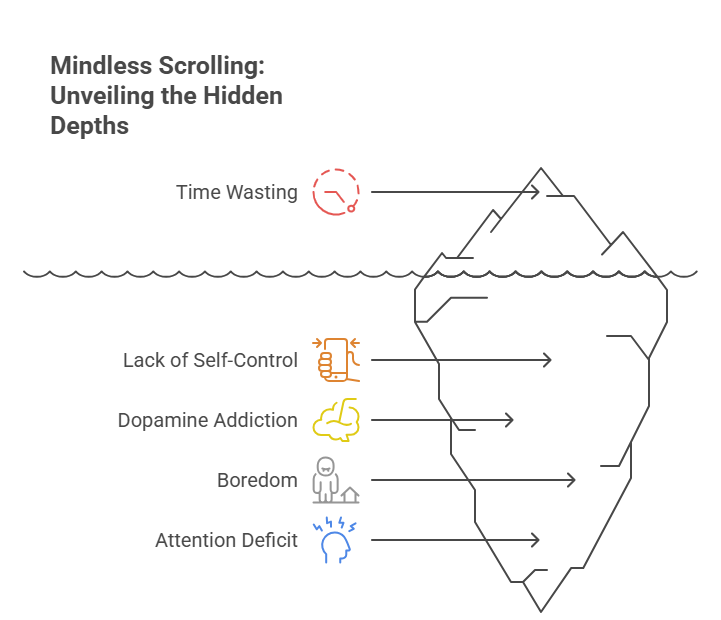
The Habit: You open your phone to check the weather, but 30 minutes later, you’re deep in a rabbit hole of dog videos, strangers’ vacation photos, and conspiracy theories.
Why It’s Bad: Mindless scrolling eats away at your time and attention without adding real value. It’s digital junk food—temporarily satisfying but ultimately draining.
Try This Instead: Use a timer (or app limit) to cue a mental “stop” and replace doomscrolling with a 10-minute walk, stretch, or short read.
😴 2. Screens Before Bedtime
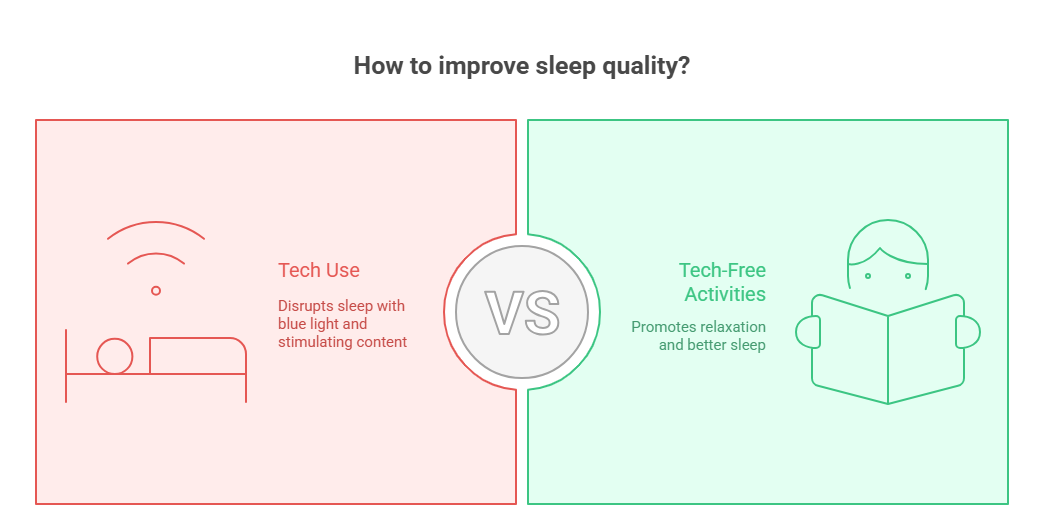
The Habit: You climb into bed with your phone or laptop, telling yourself you’ll just watch one more episode or scroll a little more.
Why It’s Bad: Blue light messes with your melatonin levels, delaying sleep and making it harder to rest deeply. Plus, nighttime content often ramps up your brain instead of winding it down.
Try This Instead: Establish a tech curfew—no screens 30–60 minutes before sleep. Try reading a real book, journaling, or listening to calming music instead.
🍽️ 3. Eating While Watching
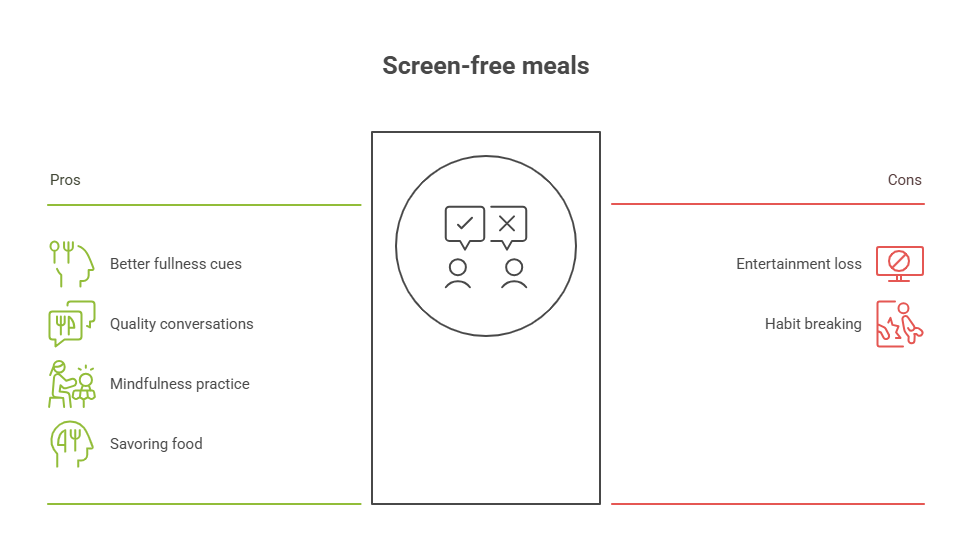
The Habit: Meals become screen time—Netflix at dinner, TikTok at breakfast, YouTube during snacks.
Why It’s Bad: Eating while distracted makes it harder to listen to your body’s fullness cues, which can lead to overeating and digestive issues. It also kills real conversation if you’re with others.
Try This Instead: Create screen-free meals. Use the time to engage with family, practice mindfulness, or simply savor your food.
🧠 4. Replacing Real Social Interaction
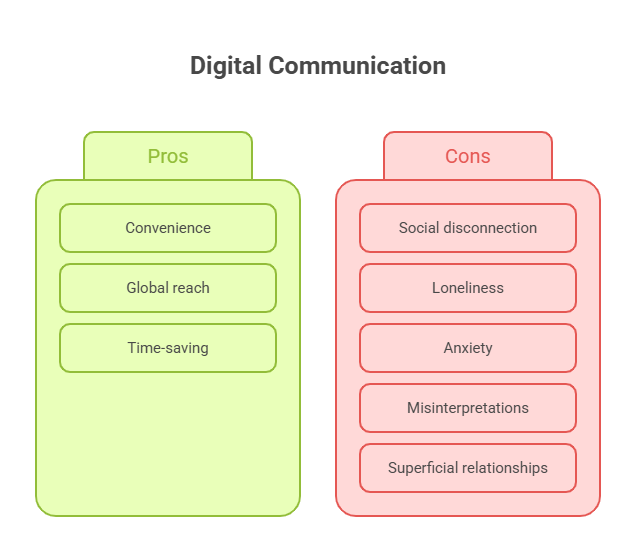
The Habit: Sending memes instead of calling. Commenting instead of talking. Liking instead of listening.
Why It’s Bad: Digital communication is convenient—but it’s no substitute for meaningful, face-to-face connection. Over time, it can lead to social disconnection, loneliness, and even anxiety.
Try This Instead: Prioritize real-time conversations. Schedule regular hangouts or phone calls with friends. Use social media to connect—not to replace.
💻 5. Multitasking with Screens
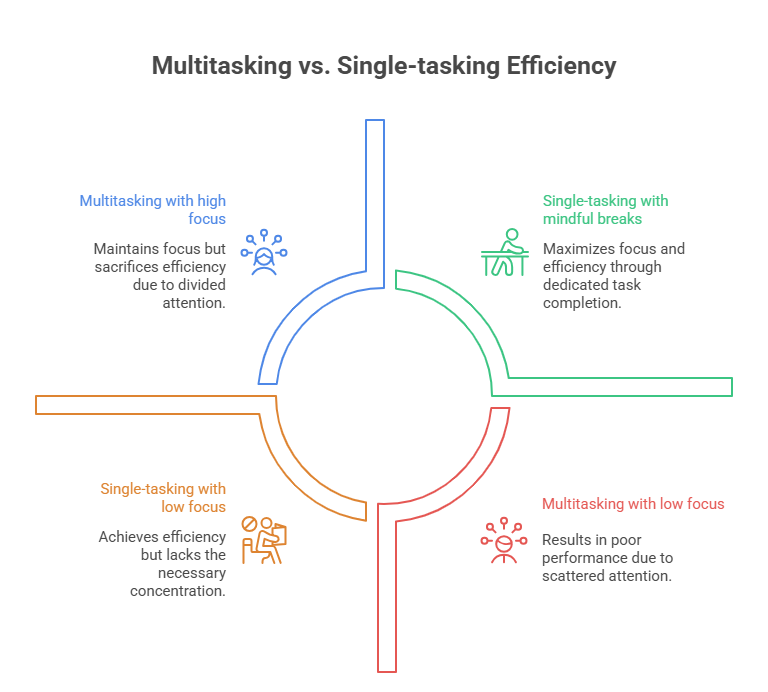
The Habit: Watching TV while answering emails. Scrolling social media while on a Zoom call. Listening to a podcast while texting.
Why It’s Bad: Studies show multitasking isn’t efficient—it splits your focus, reduces retention, and increases mental fatigue.
Try This Instead: Practice single-tasking. Be fully present with what you’re doing, then take mindful breaks between tasks.
🪞 6. Comparing Yourself Online
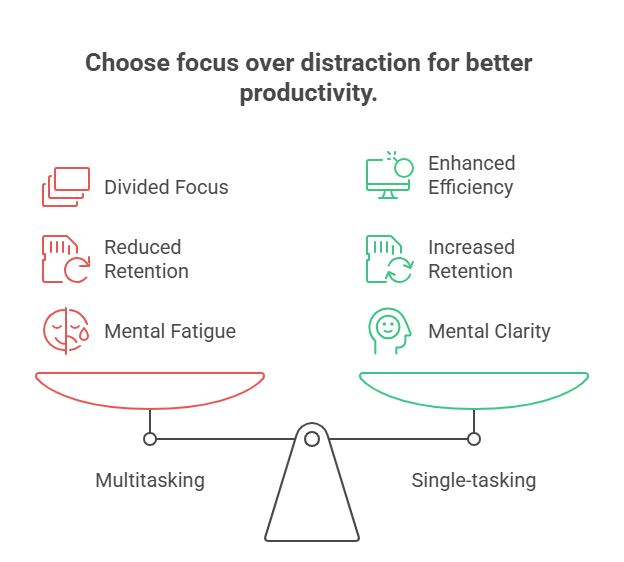
The Habit: Measuring your success, appearance, or lifestyle against influencers, strangers, or curated Instagram lives.
Why It’s Bad: Comparison culture is toxic—it breeds low self-esteem, envy, and dissatisfaction with your real life.
Try This Instead: Unfollow accounts that trigger insecurity. Follow creators who promote authenticity, learning, and joy—not just highlight reels.
🪑 7. Staying Still Too Long
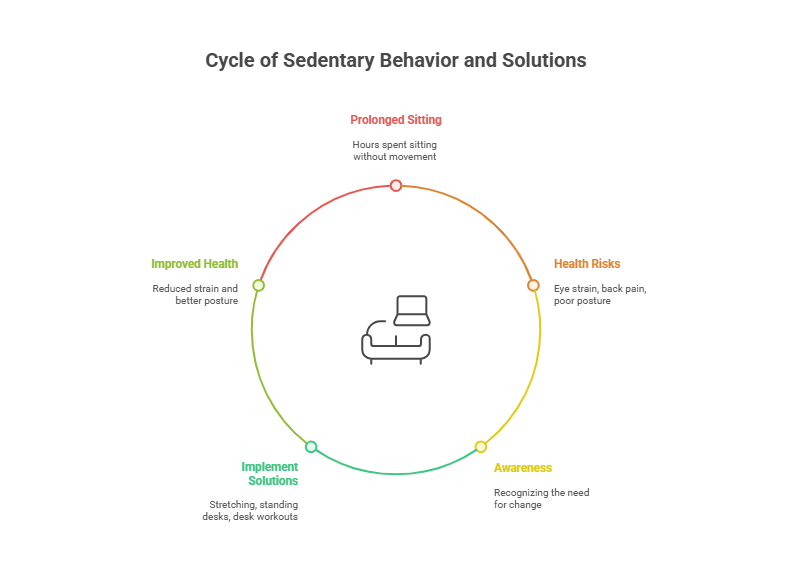
The Habit: Hours pass and you haven’t moved from your couch or desk—just swiping, typing, and staring.
Why It’s Bad: Prolonged sitting and screen use can lead to eye strain, back pain, poor posture, and even long-term health risks.
Try This Instead: Set reminders to stretch every 30 minutes. Use standing desks, do quick desk workouts, or walk during phone calls.
Final Thoughts:
We live in a screen-saturated world—but that doesn’t mean we have to be controlled by our devices. By becoming more aware of these digital habits, you can reclaim your time, your energy, and your attention. Screens aren’t the enemy—but how you use them can either build your life or blur it.
So the next time you reach for your phone out of reflex, ask yourself: Is this habit helping me—or just filling space?

